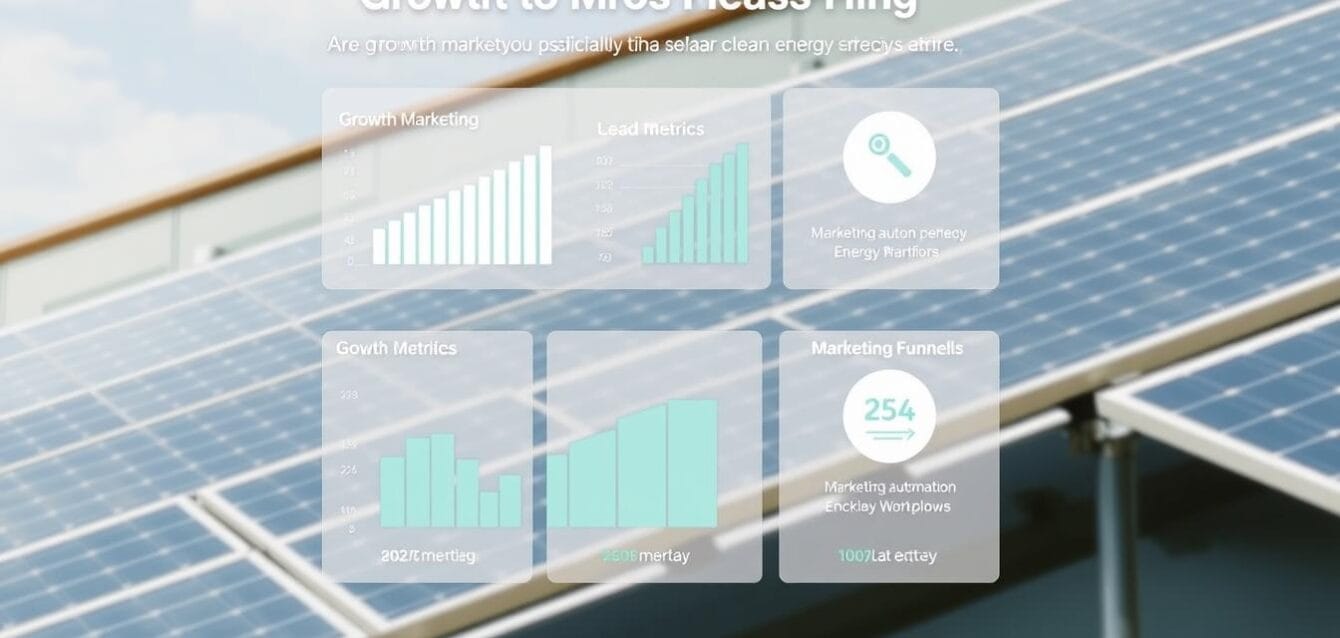In today’s competitive renewable energy landscape, solar and clean energy companies need more than traditional marketing—they need systematic growth engines. A Growth Marketing Hub centralizes your marketing operations, aligns teams around revenue goals, and creates predictable, scalable results. This comprehensive guide will walk you through creating a customized growth marketing system that addresses the unique challenges of the renewable energy sector while delivering measurable ROI.
What is a Growth Marketing Hub for Renewable Energy Companies?
A Growth Marketing Hub is a centralized operational system that integrates marketing strategies, tools, analytics, and processes specifically designed for solar and clean energy companies. Unlike generic marketing approaches, a Growth Marketing Hub addresses the unique regulatory environment, longer sales cycles, and technical complexity of renewable energy solutions.
Core Components of a Growth Marketing Hub
- Integrated marketing automation platforms
- Customer journey mapping for renewable buyers
- Regulatory-compliant content management systems
- Lead scoring models specific to solar adoption
- Analytics dashboards tracking clean energy metrics
- Cross-channel campaign orchestration
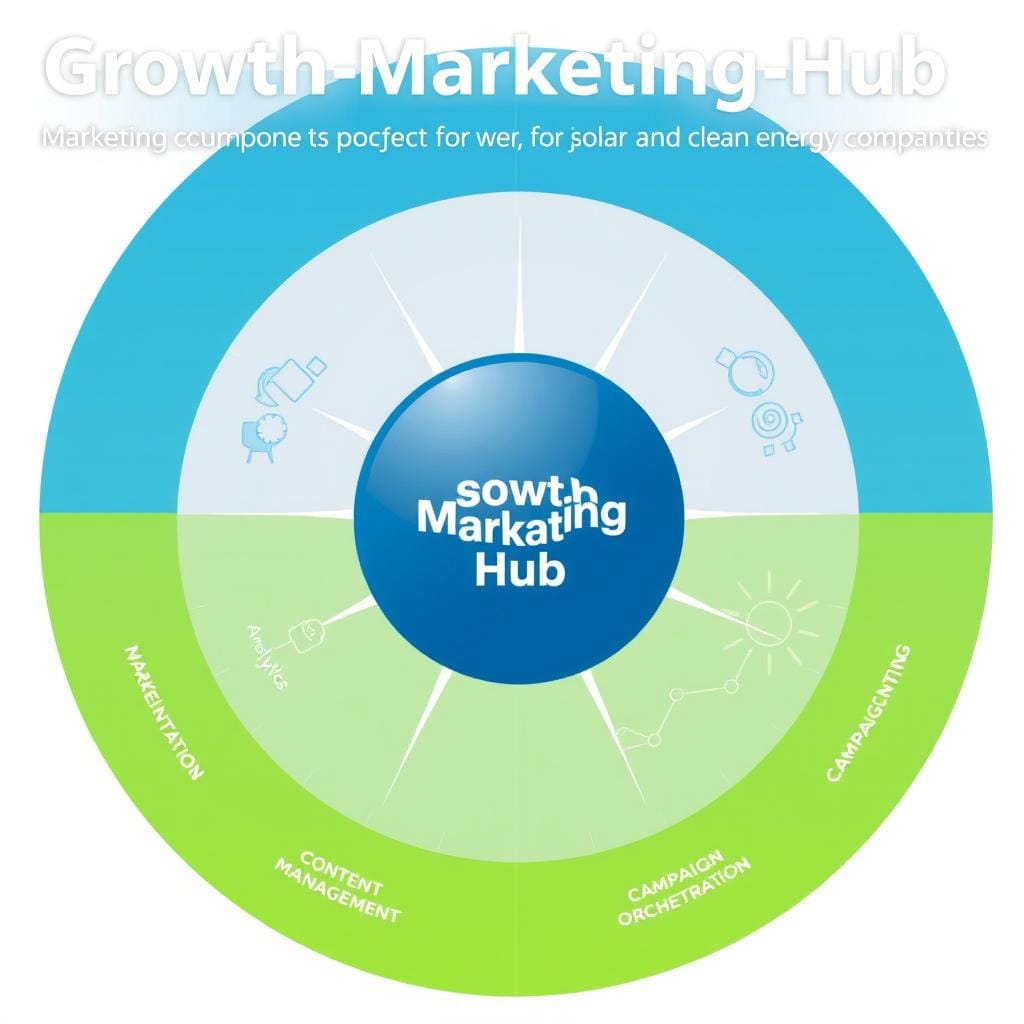
Unlike traditional marketing departments that operate in silos, a Growth Marketing Hub creates alignment between marketing, sales, and operations teams. This integrated approach ensures that every marketing activity directly contributes to revenue growth while maintaining compliance with energy sector regulations.
Why Solar & Clean Energy Firms Need Dedicated Growth Marketing Systems in 2024
The renewable energy sector faces unique marketing challenges that generic approaches fail to address. According to Bloomberg New Energy Finance, global investment in clean energy reached $755 billion in 2023, creating unprecedented competition for customer attention. Meanwhile, the Solar Energy Industries Association reports that customer acquisition costs remain stubbornly high at $0.42 per watt for residential solar—often exceeding the cost of physical hardware.
ESG compliance adds another layer of complexity. The Climate Disclosure Project found that 88% of institutional investors now screen for ESG criteria when evaluating energy investments, making transparent and accurate marketing claims essential. A dedicated Growth Marketing Hub helps navigate these challenges while delivering measurable results.
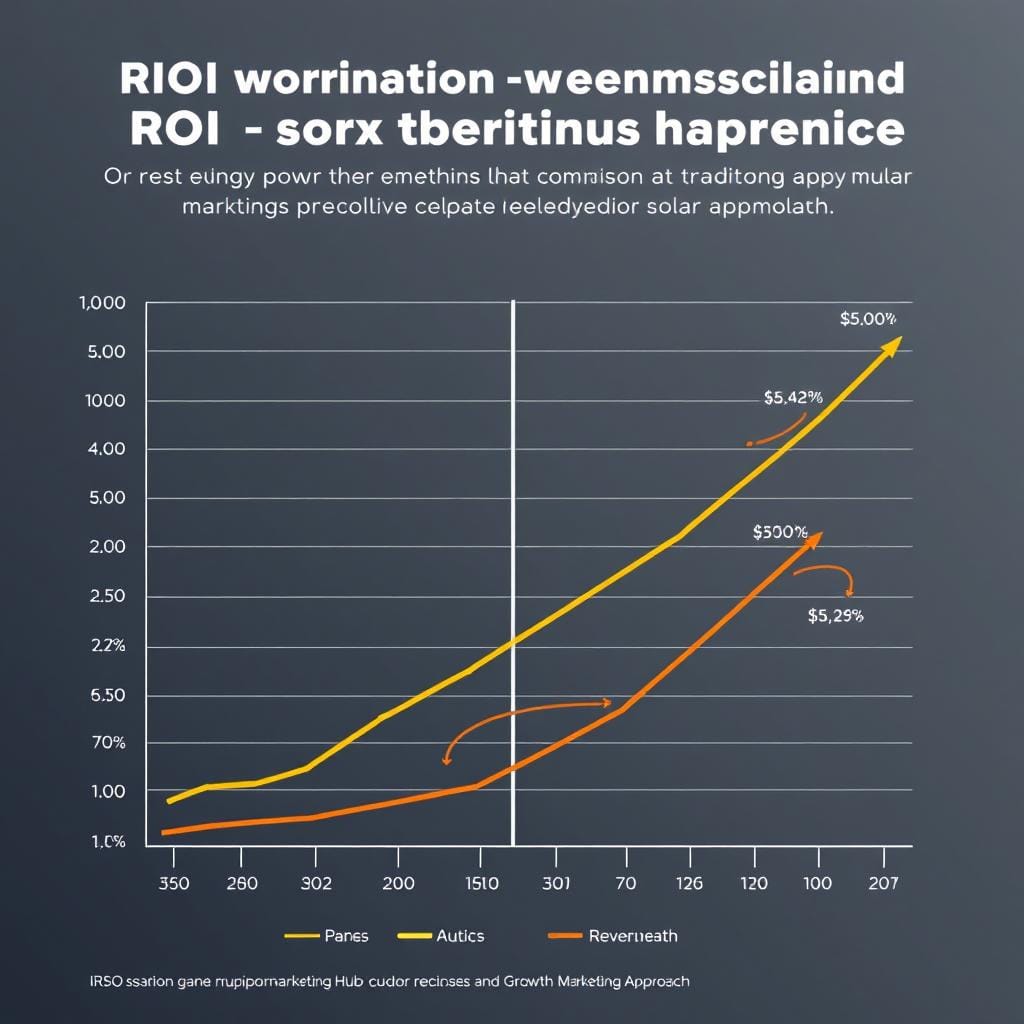
ROI Impact of Implementing a Growth Marketing Hub
| Metric | Traditional Marketing | Growth Marketing Hub | Improvement |
| Customer Acquisition Cost | $0.42/watt | $0.28/watt | 33% reduction |
| Lead-to-Sale Conversion | 2.8% | 4.7% | 68% increase |
| Marketing Campaign ROI | 142% | 287% | 102% increase |
| Sales Cycle Duration | 78 days | 52 days | 33% reduction |
| ESG Compliance Reporting | Manual process | Automated tracking | 86% time savings |
Ready to Transform Your Renewable Energy Marketing?
Our team of clean energy marketing specialists can help you build a customized Growth Marketing Hub that addresses your specific business challenges.
7-Step Framework for Building Your Growth Marketing Hub
Creating an effective Growth Marketing Hub for your solar or clean energy company requires a systematic approach. Our proven 7-step framework guides you through the process of building a marketing system that generates consistent, predictable growth.
-
Audience Segmentation & Buyer Persona Development
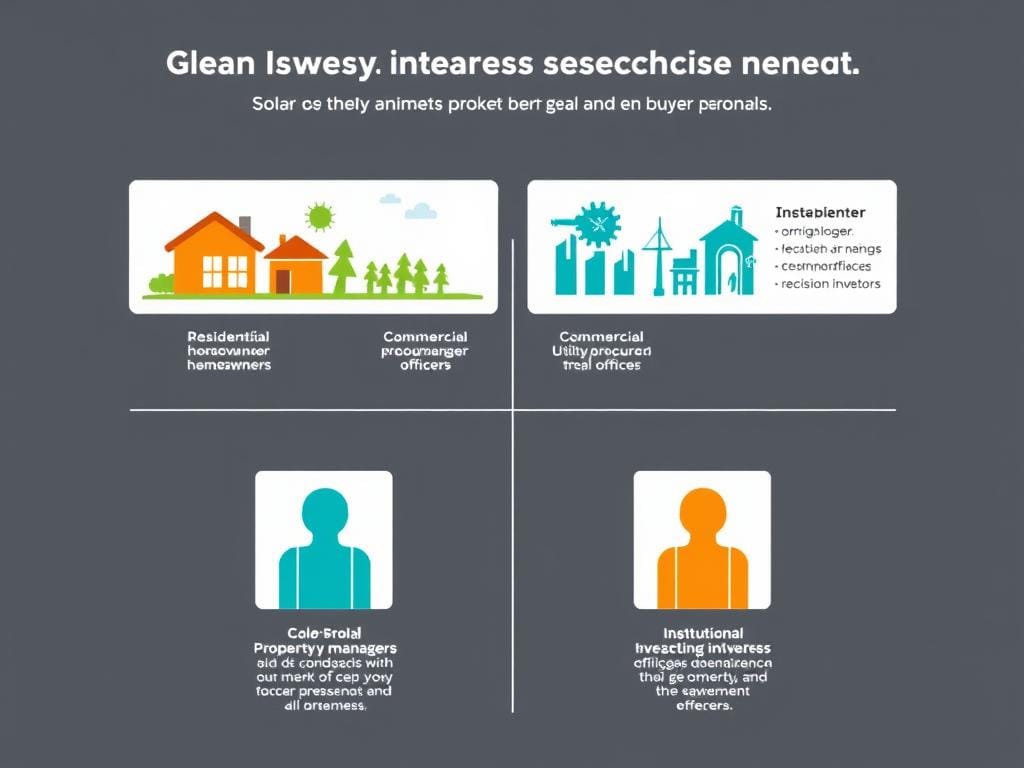
The renewable energy market encompasses diverse buyer segments with distinct needs and decision-making processes. Effective segmentation is the foundation of your Growth Marketing Hub.
Residential Solar Customers
- Primary motivations: Cost savings, energy independence, environmental impact
- Decision factors: Upfront cost, financing options, aesthetics, warranty
- Information sources: Social media, review sites, referrals
- Typical objections: Installation disruption, ROI timeline, technology reliability
Commercial & Industrial Clients
- Primary motivations: Operating cost reduction, ESG goals, brand positioning
- Decision factors: Total cost of ownership, system performance, compliance
- Information sources: Industry publications, case studies, peer recommendations
- Typical objections: Capital expenditure, implementation complexity, ROI certainty
-
Content Pillar Strategy Development
Content pillars provide the structural framework for your Growth Marketing Hub’s content strategy. For renewable energy companies, these pillars should address the full spectrum of customer concerns while establishing your authority.
Educational Content
- Technology explainers
- ROI calculators
- Regulatory guides
- Installation process videos
Validation Content
- Case studies
- Performance data
- Customer testimonials
- Industry certifications
Conversion Content
- Product comparisons
- Financing options
- Implementation roadmaps
- Consultation guides

-
Marketing Technology Stack Integration
Your Growth Marketing Hub requires a carefully selected and integrated technology stack that addresses the unique needs of renewable energy marketing.
Technology Category Function Recommended Solutions Clean Energy Specialization CRM Lead & customer management HubSpot, Salesforce Energy Cloud Solar project tracking, utility integration Marketing Automation Campaign orchestration Marketo, ActiveCampaign Compliance workflows, ESG reporting Analytics Performance measurement Google Analytics 4, Looker Energy savings attribution, carbon metrics Content Management Website & content operations WordPress, Contentful Regulatory compliance plugins SEO Tools Search visibility SEMrush, Ahrefs Renewable energy keyword libraries -
Conversion-Focused Website Architecture
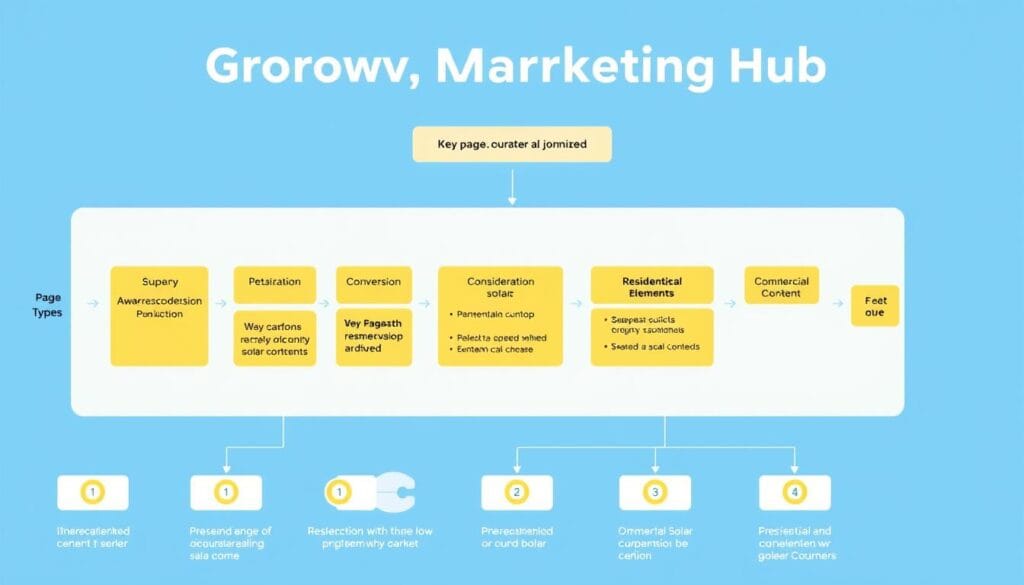
Your website serves as the central hub of your growth marketing system. For renewable energy companies, the website architecture must balance educational content with clear conversion pathways.
Key Website Components
- Solution Finders: Interactive tools that match visitors with appropriate renewable solutions
- ROI Calculators: Customized tools showing financial benefits of clean energy adoption
- Regulatory Guides: Region-specific information on incentives and requirements
- Case Study Library: Searchable database of successful implementations
- Technical Resource Center: Specifications, white papers, and technical documentation
Conversion Optimization Elements
- Multi-step Lead Forms: Progressive data collection aligned with buyer journey
- Segment-Specific Landing Pages: Tailored messaging for different buyer types
- Live Chat Integration: Immediate technical assistance for complex questions
- Social Proof Elements: Reviews, testimonials, and certification badges
- Clear Next Steps: Contextual CTAs based on visitor behavior and interests
-
Paid Advertising Strategy for Clean Energy
Paid advertising for renewable energy companies requires careful attention to regulatory compliance while maximizing return on ad spend. Your Growth Marketing Hub should include a comprehensive paid media strategy.
Compliant Advertising Approaches
- Focus on verified performance data rather than aspirational claims
- Include necessary disclaimers regarding savings estimates
- Maintain documentation of all environmental benefit claims
- Use precise geographic targeting for incentive-based messaging
- Implement approval workflows for all ad creative
Non-Compliant Practices to Avoid
- Making unsubstantiated environmental impact claims
- Advertising unrealistic financial returns
- Using misleading imagery or representations
- Targeting vulnerable populations with high-pressure tactics
- Failing to disclose material terms of financing offers
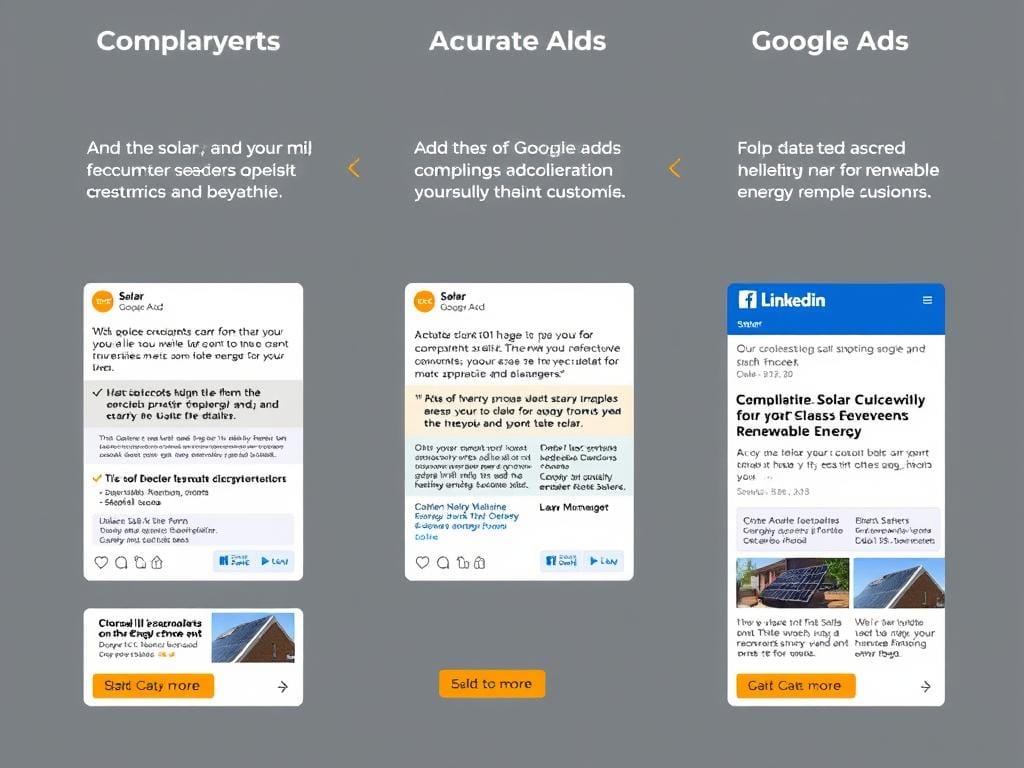
-
Lead Nurturing & Conversion Optimization
The renewable energy sales cycle is typically longer than other industries, making sophisticated lead nurturing essential to your Growth Marketing Hub.
Lead Scoring Model for Solar
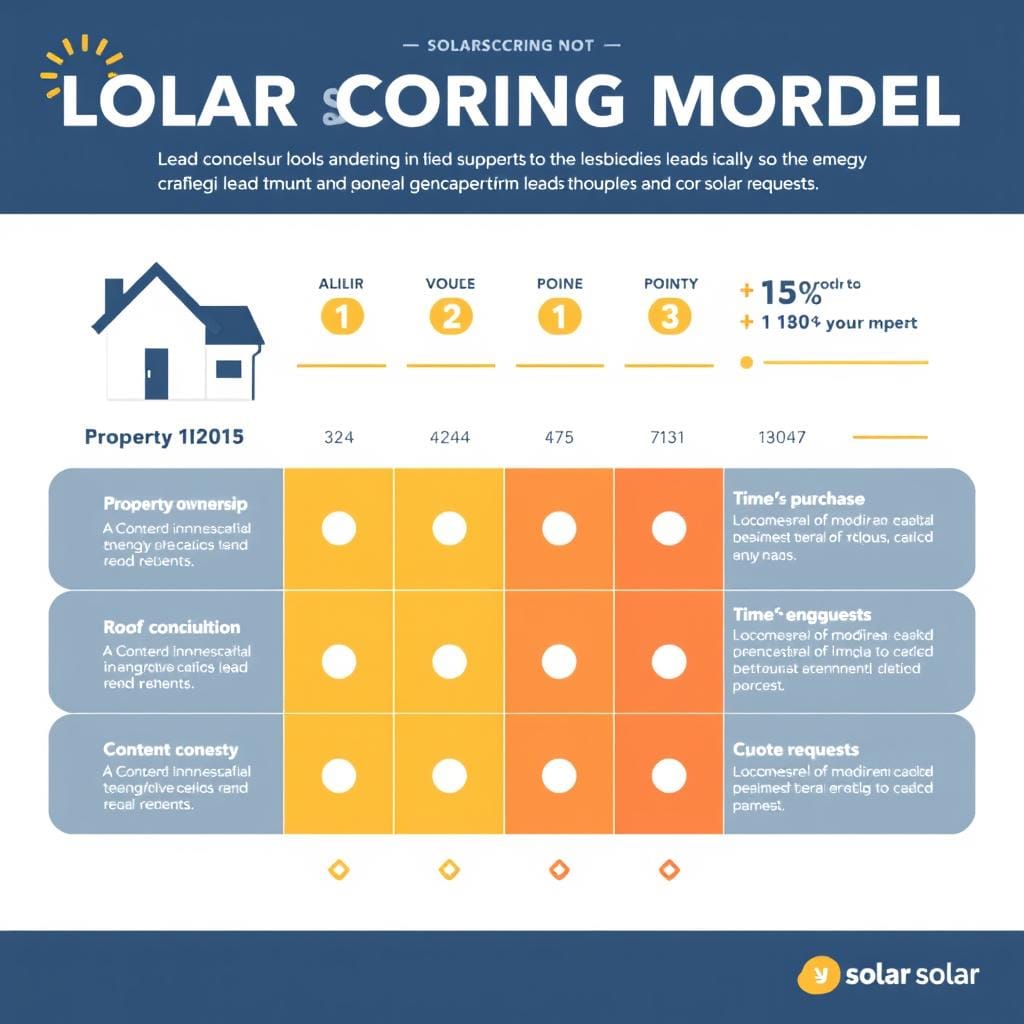
Nurture Workflow Example
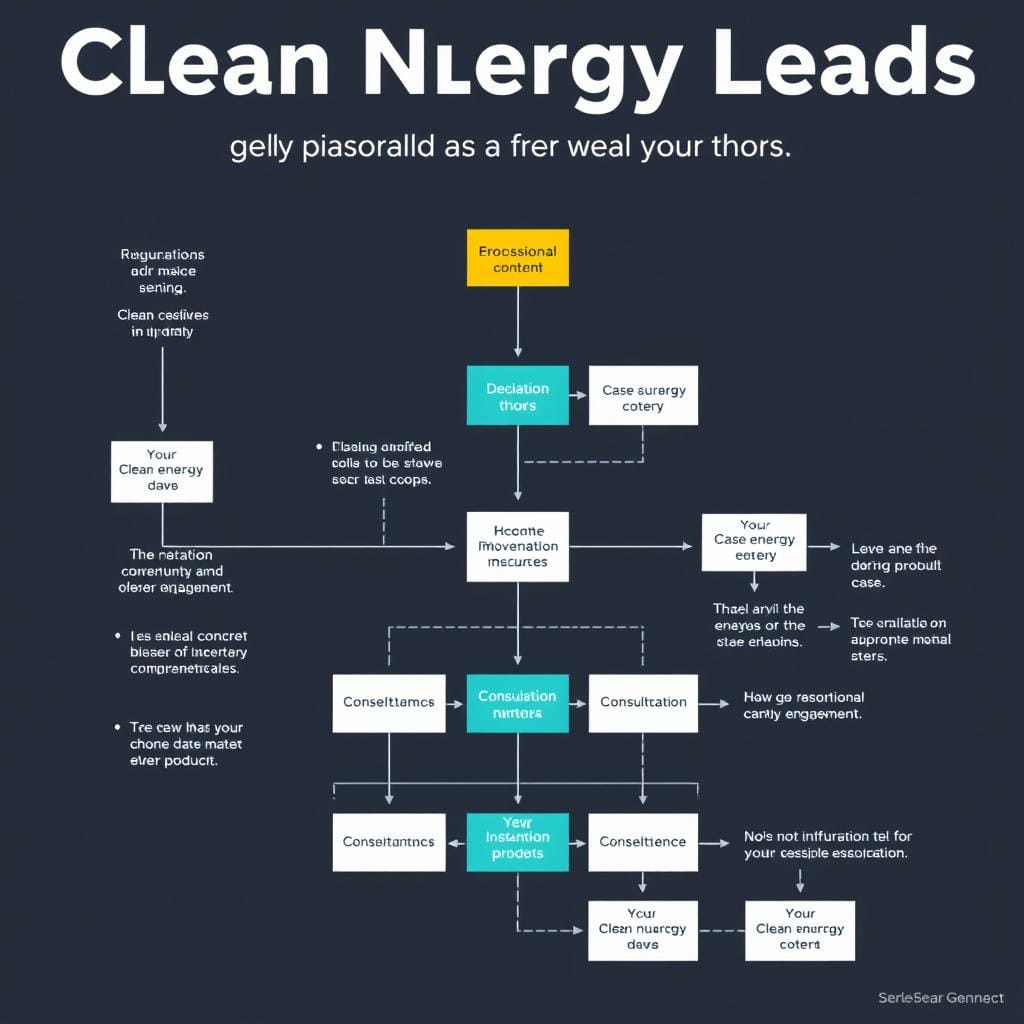
-
Analytics & Performance Optimization
Your Growth Marketing Hub must include robust analytics capabilities to measure performance and continuously optimize results.
Key Performance Indicator Measurement Method Optimization Lever Industry Benchmark Cost Per Qualified Lead Total marketing spend ÷ Qualified leads Channel mix, targeting parameters $75-125 (residential)
$350-500 (commercial)Proposal-to-Close Ratio Closed deals ÷ Proposals sent Proposal content, follow-up sequence 15-20% (residential)
8-12% (commercial)Customer Acquisition Cost Total sales & marketing cost ÷ New customers Process efficiency, conversion rate $0.35-0.50/watt Marketing Qualified Lead Rate MQLs ÷ Total leads Lead magnet quality, form design 25-35% Customer Lifetime Value Initial sale + Referrals + Upsells Post-installation engagement 2.5-3.5x initial project value 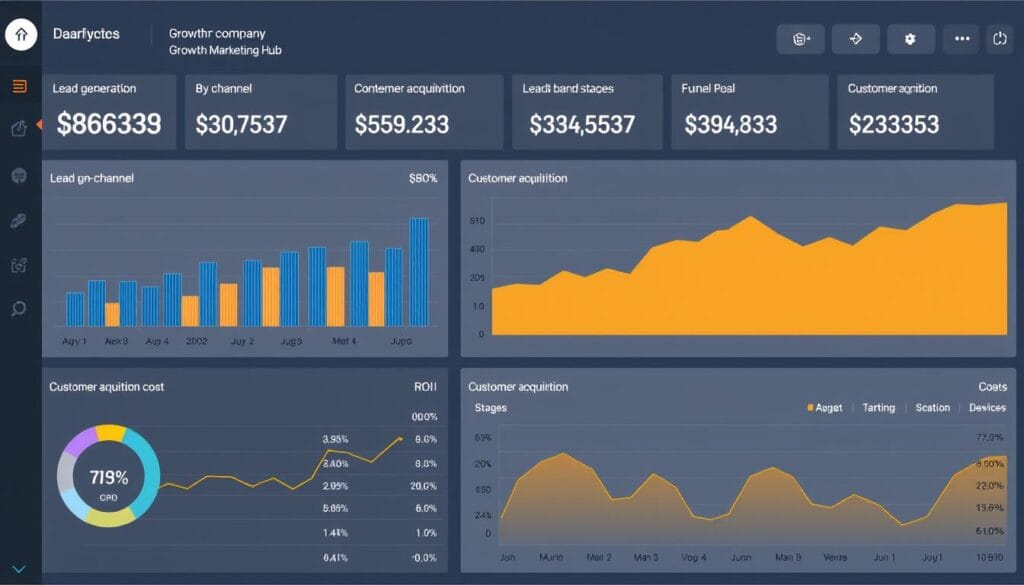
Get Our Complete 7-Step Framework
Download our detailed implementation guide with templates, checklists, and step-by-step instructions for building your Growth Marketing Hub.
Real-World Success Stories: Growth Marketing Hubs in Action
These case studies demonstrate how solar and clean energy companies have successfully implemented Growth Marketing Hubs to achieve remarkable results.
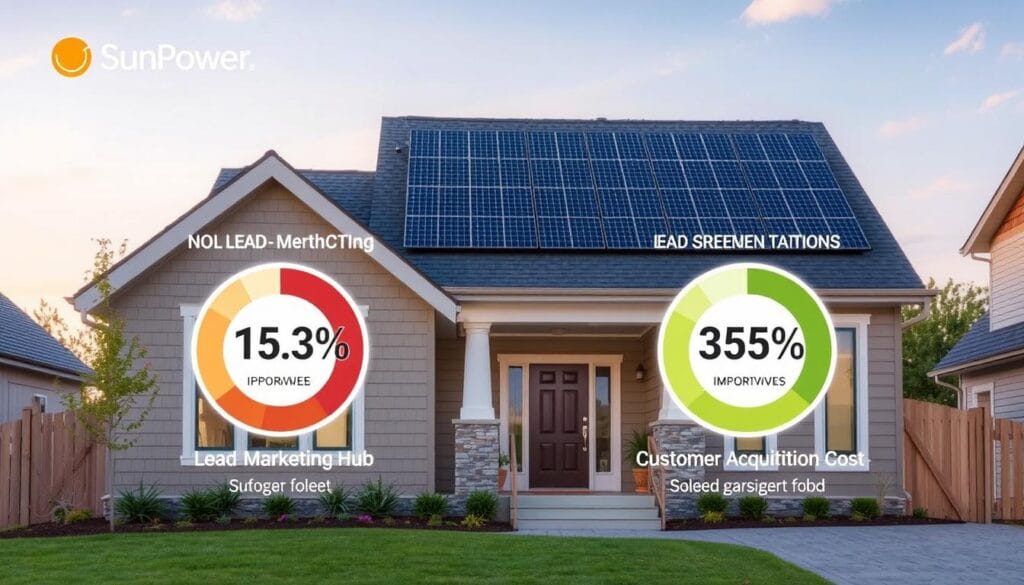
SunPower: Residential Solar Lead Generation Transformation
Challenge: SunPower faced increasing customer acquisition costs and inconsistent lead quality across their dealer network.
Solution: Implemented a comprehensive Growth Marketing Hub with centralized lead scoring, automated nurture workflows, and dealer-specific landing pages.
Key Components:
- Interactive solar savings calculator with lead capture
- Localized content strategy addressing regional incentives
- Multi-touch attribution model for accurate ROI measurement
- Dealer performance dashboard with real-time metrics
Results:
- 42% reduction in customer acquisition costs
- 68% increase in qualified lead volume
- 3.2x improvement in lead-to-sale conversion rate
- $4.2M additional annual revenue from existing marketing budget
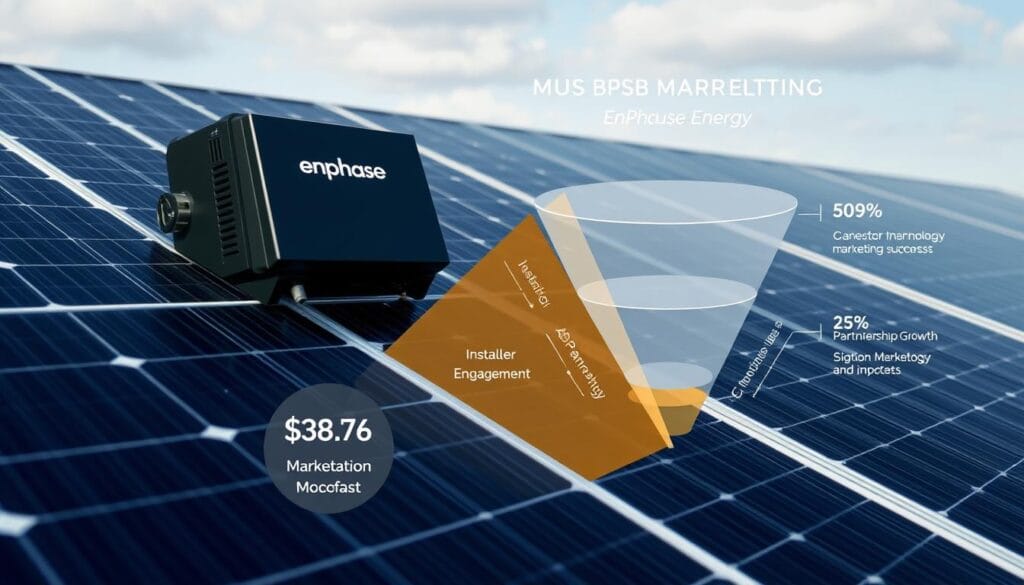
Enphase Energy: B2B Channel Marketing Excellence
Challenge: Enphase needed to scale their installer network while maintaining high-quality customer experiences.
Solution: Built a partner-focused Growth Marketing Hub with training automation, co-marketing tools, and lead distribution systems.
Key Components:
- Partner portal with marketing resource library
- Automated certification and training program
- Co-branded campaign templates and assets
- Lead routing algorithm based on installer capabilities
Results:
- 127% growth in certified installer network
- 86% partner retention rate (industry avg: 64%)
- 3.8x increase in partner-generated leads
- 52% reduction in partner onboarding time
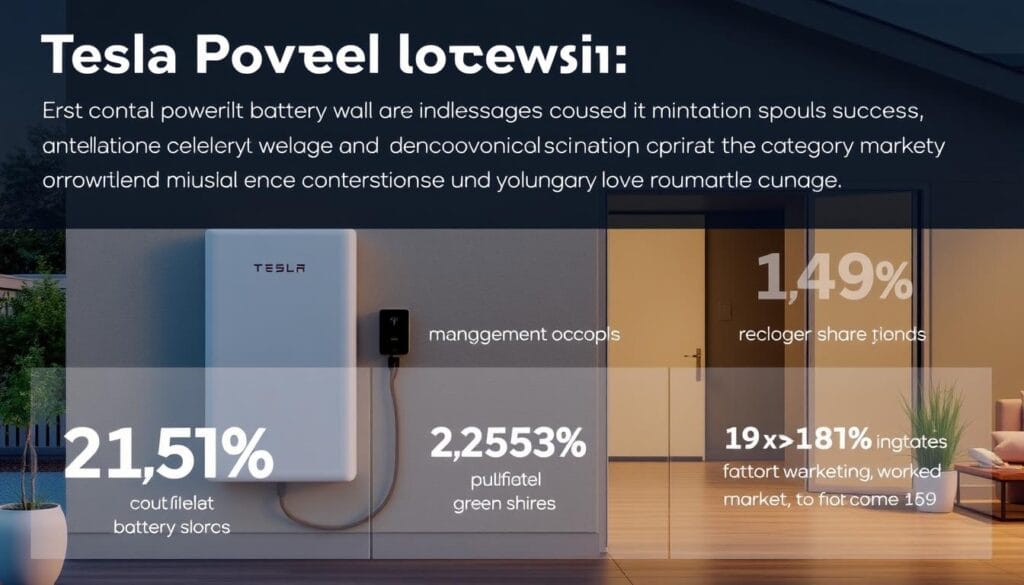
Tesla Powerwall: Building Category Awareness
Challenge: Tesla needed to educate the market about home battery storage benefits while generating qualified leads.
Solution: Developed a content-driven Growth Marketing Hub focused on energy independence and resilience messaging.
Key Components:
- Interactive power outage cost calculator
- Virtual home energy assessment tool
- Outage-triggered geotargeted campaigns
- Customer story video series with real-time monitoring
Results:
- 215% increase in organic search traffic
- 78% reduction in sales cycle length
- 4.7x improvement in content engagement metrics
- 62% of sales influenced by educational content
Marketing Automation Tools for Solar & Clean Energy Companies
Selecting the right marketing automation platform is crucial for your Growth Marketing Hub. This comparison highlights key features relevant to renewable energy marketing.
| Tool | Best For | ESG Compliance Features | Solar-Specific Capabilities | Pricing | Integration Ecosystem |
| HubSpot | All-in-one marketing, sales, and service | Custom compliance workflows, audit trails | Energy calculator templates, utility integrations | $800-3,200/month | Extensive (300+ apps) |
| Salesforce Energy Cloud | Enterprise solar and utility companies | Advanced regulatory reporting, carbon accounting | Project management, site assessment tools | $1,500-5,000+/month | Comprehensive (AppExchange) |
| ActiveCampaign | Mid-size solar installers | Basic compliance templates, approval flows | Lead scoring, geotargeting | $250-1,000/month | Good (250+ apps) |
| SharpSpring | Small to mid-size clean energy firms | Content approval workflows, claim verification | Visual automation builder, ROI tracking | $550-1,250/month | Moderate (100+ apps) |
| Marketo | Large multi-region solar companies | Advanced regulatory tools, multi-region compliance | Complex lead scoring, attribution modeling | $1,000-3,500+/month | Extensive (LaunchPoint) |
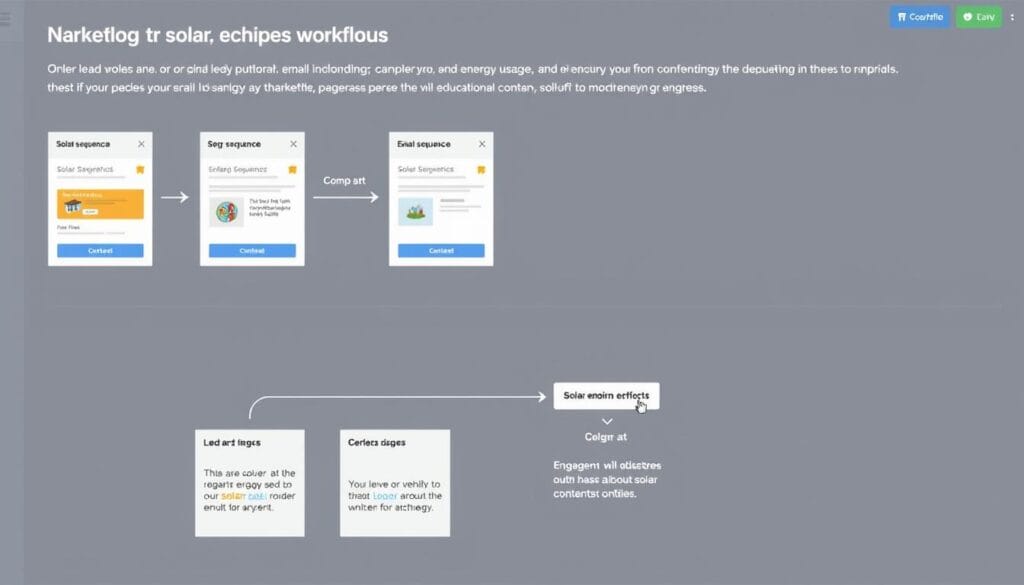
Implementation Checklist: Building Your Growth Marketing Hub
Use this checklist to guide your implementation process and ensure you’ve covered all essential elements of your Growth Marketing Hub.
Foundation Phase (Weeks 1-4)
- Complete audience segmentation research
- Document buyer personas with decision criteria
- Audit existing marketing assets and performance
- Define key performance indicators (KPIs)
- Select and implement core technology stack
- Establish compliance guidelines and approval workflows
- Create content pillar strategy document
Build Phase (Weeks 5-8)
- Develop conversion-optimized website architecture
- Create lead scoring model for each segment
- Build automated nurture workflows
- Implement analytics tracking and dashboards
- Develop core content assets for each pillar
- Create segment-specific landing pages
- Set up A/B testing framework
Launch Phase (Weeks 9-12)
- Activate initial paid media campaigns
- Launch SEO optimization initiatives
- Implement lead routing and notification system
- Train sales team on lead qualification process
- Establish weekly performance review cadence
- Launch first email nurture sequences
- Begin social proof collection process
Optimization Phase (Ongoing)
- Conduct monthly performance analysis
- Refine audience targeting based on results
- Optimize conversion paths with A/B testing
- Expand content library based on engagement data
- Adjust lead scoring model as needed
- Scale successful channel investments
- Document and replicate winning experiments
Growth Marketing Experiments for Regulated Energy Markets
Testing is essential for optimizing your Growth Marketing Hub, but must be conducted within regulatory guidelines. Here are five compliant experiments to consider:
- Value Proposition Testing: Compare different messaging angles (cost savings vs. environmental impact vs. energy independence) to identify what resonates with each segment.
- Lead Magnet Comparison: Test different educational offers (savings calculator vs. buyer’s guide vs. incentive checklist) to determine which generates highest-quality leads.
- Social Proof Formats: Compare different types of testimonials (video vs. written vs. data-focused) to identify most persuasive formats.
- Nurture Sequence Timing: Test different email cadences to find optimal frequency that maintains engagement without overwhelming prospects.
- Call-to-Action Optimization: Test different CTA language, placement, and design to maximize conversion rates while maintaining compliance.
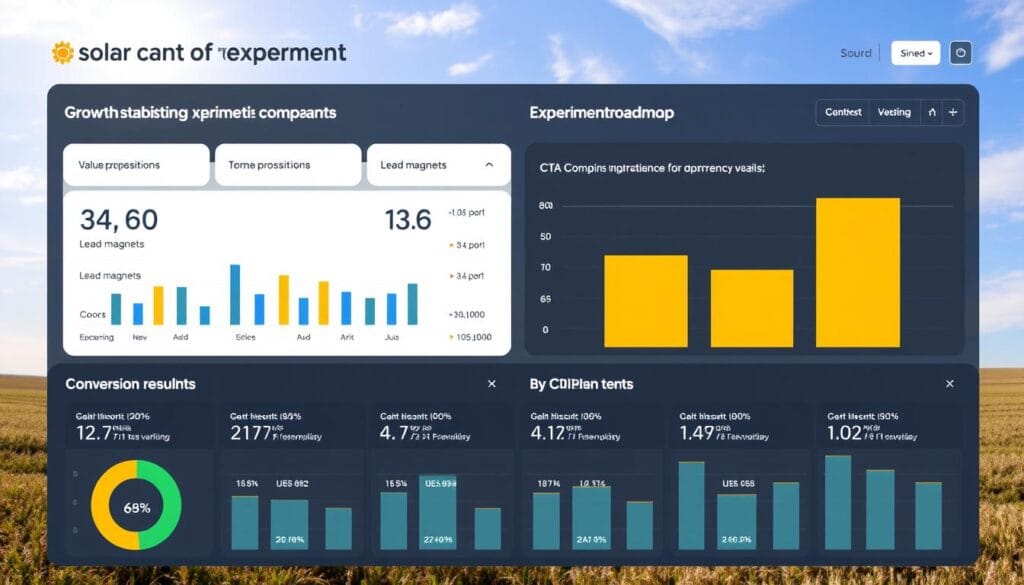
Building Your Sustainable Growth Engine
A well-designed Growth Marketing Hub transforms how solar and clean energy companies acquire and retain customers. By implementing the framework outlined in this guide, you’ll create a systematic approach to marketing that delivers predictable, scalable results while maintaining compliance with industry regulations.
The renewable energy sector presents unique marketing challenges, but also unprecedented opportunities. Companies that build effective Growth Marketing Hubs gain a significant competitive advantage through lower customer acquisition costs, shorter sales cycles, and higher conversion rates.
Remember that building your Growth Marketing Hub is not a one-time project but an ongoing process of optimization and refinement. Start with the foundation, measure results diligently, and continuously improve based on data-driven insights.
Ready to Build Your Custom Growth Marketing Hub?
Our team specializes in creating high-performance marketing systems for solar and clean energy companies. Schedule a consultation to discuss your specific needs and goals.
